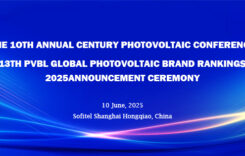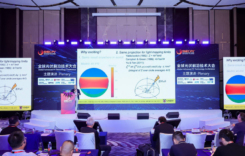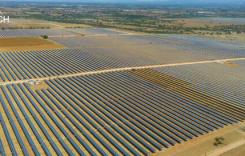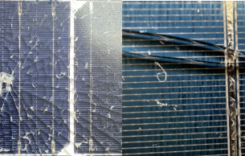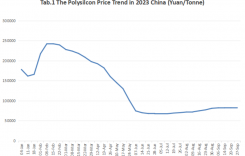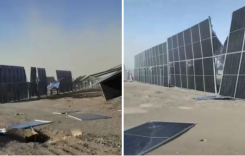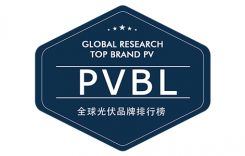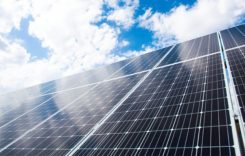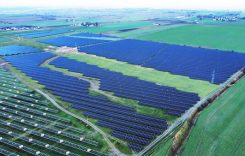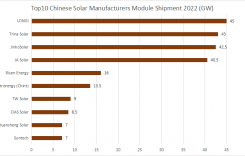CHANGCHUN, China, January. 19, 2020 /PVTIME/ — The World Future Energy Summit (WFES) is taking place at the Abu Dhabi National Exhibition Center on January 13-16, 2020, representing the largest future energy and sustainability event held in the Middle East and Africa (MEA). Huawei showcases its Smart PV Solution for utility-scale and distributed PV plants, following the principle: “AI BOOST FusionSolar for Optimal LCOE”.
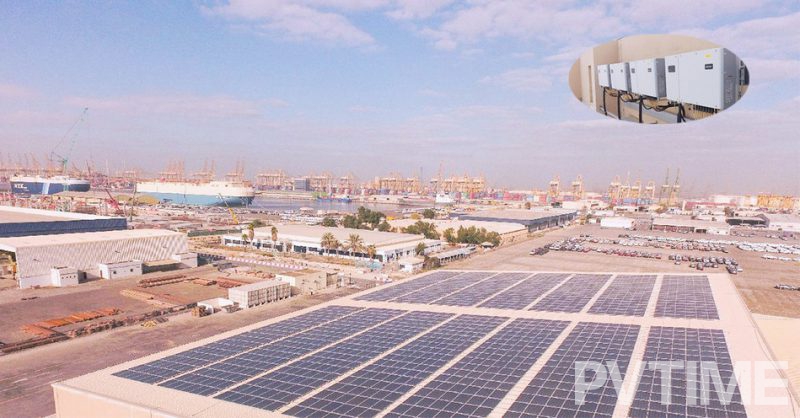
Huawei FusionSolar with Optimal LCOE Popularizes New Energy in MEA-DP World 
Huawei FusionSolar with Optimal LCOE Popularizes New Energy in MEA 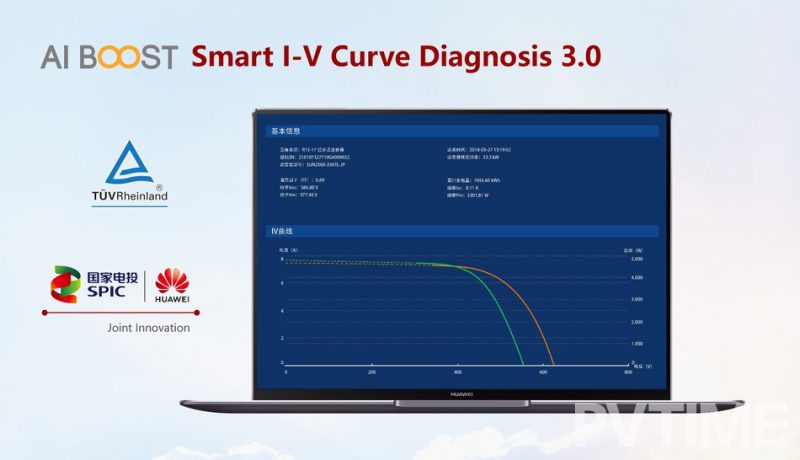
Huawei FusionSolar with Optimal LCOE Popularizes New Energy in MEA-Smart I-V 
Huawei FusionSolar with Optimal LCOE Popularizes New Energy in MEA 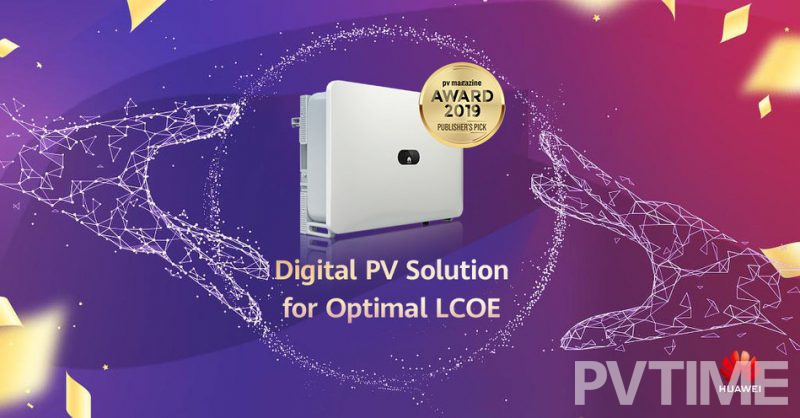
Huawei FusionSolar with Optimal LCOE Popularizes New Energy in MEA-award
Huawei’s innovative large-scale ground PV solution utilizes 1500 V smart string inverters, and involves a fusion of trackers and bifacial modules, whose power generating capabilities are maximized by AI self-learning tracking algorithms. The featured model, SUN2000-185KTL-H1 (SUN2000-185KTL), adopts the proprietary HiSilicon smart chip and smart transformer stations (STS), to provide customers with a one-stop solution.
The Sakaka 300 MW project received the world’s lowest tariff bid in 2018. The first large-scale ground PV plant in Saudi Arabia is bolstered by Huawei’s 1500 V smart PV solution, and was first connected to the utility grid in November 2019. The PV plant has demonstrated consistently superb performance since then, with a maximum performance ratio of 92%. The multi-MPPT design incorporated into the SUN2000 series inverters minimizes the PV string mismatch, for skyrocketing energy yields.
The Huawei SUN2000-185KTL garnered recognition at the WFES, winning the pv magazine Award 2019. The unique combination of AI and PV technologies lowers LCOE for PV plants, while dramatically upgrading the customer experience, serving as a stepping-stone to success in the grid parity era. Mr. Eckhart K. Gouras, publisher of pv magazine, said, “Multiple MPPT string inverters can best deal with the vagaries of albedo and this capability promises to be another driver for increased string adoption.”
Smart I-V Curve Diagnosis: Redefining O&M, with Intelligent Safety
Huawei Smart I-V Curve Diagnosis represents the first and only TÜV-certified advanced technology to be applied on a broad, commercial scale, with more than 5 GW of installations. Smart I-V Curve Diagnosis 3.0, a 2019 upgrade, is capable of performing remote scanning for a 100 MW PV plant in a mere 15 minutes, and automatically generating reports based on its findings. The AI self-learning component accumulates I-V curve diagnosis experience and optimizes fault models, free of the need for on-site inspection, ushering PV O&M into the intelligent era.
Distributed PV: Safer Plants, and an Improved Experience Across-the-Board
In distributed scenarios, Huawei provides the three-phase inverters SUN2000-20KTL-M0 and the super SUN2000-100KTL-M1.
The SUN2000-20KTL-M0 features AI-powered AFCI technology that pinpoints all arc faults, and disconnects the circuit within 2 seconds. In addition, AI self-learning is utilized to safeguard against fire risks, for optimally-safe distributed PV plants.
The high-awaited SUN2000-100KTL-M1 is set to be launched in MEA in late 2020. The presence of an intelligent multi-peak tracking algorithm effectively reduces string mismatch, and ensures effective power generation at industry-leading European efficiency of 98.4%. The fuse-free design provides for a high degree of reliability. The fully-enclosed IP66 enclosure is more than up for the challenging desert conditions that are characteristic of many MEA markets.
The largest distributed rooftop project in the UAE is also based on Huawei’s distributed solution. Since connecting to the grid in July 2017, the 25.8 MW plant has run stably in a high-temperature and dusty climate with a failure rate of zero, providing clean, reliable power for Dubai DP World.
Huawei will continue to work with like-minded partners and customers in the new energy industry, to incorporate such new advanced ICT technologies as cloud computing, AI, into the PV sector, and facilitate the digitalization of PV plants.
SOURCE: Huawei


